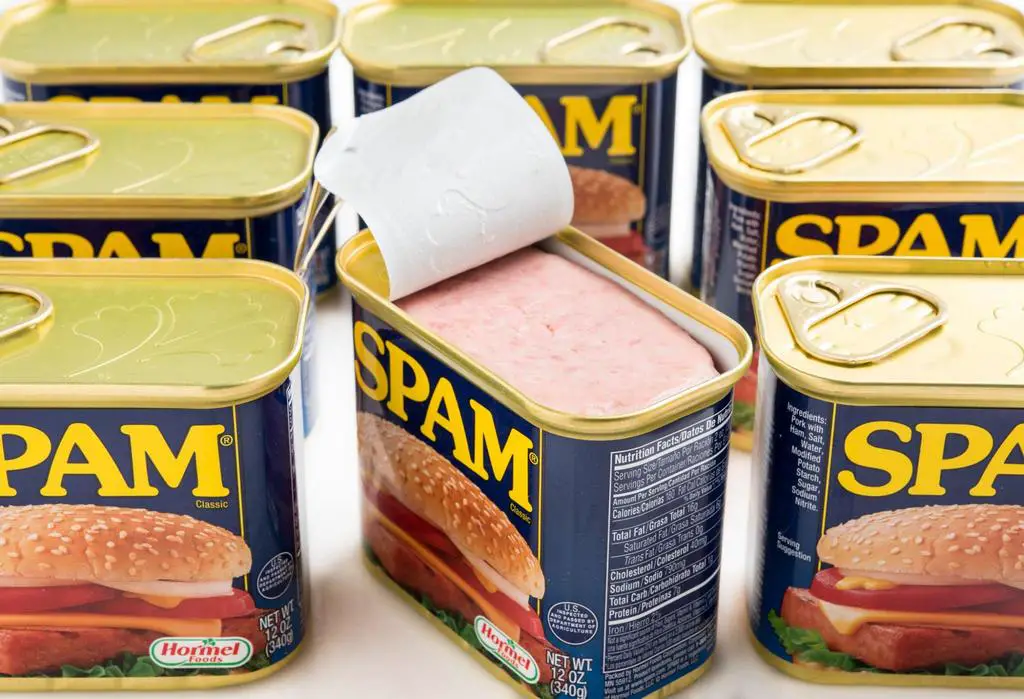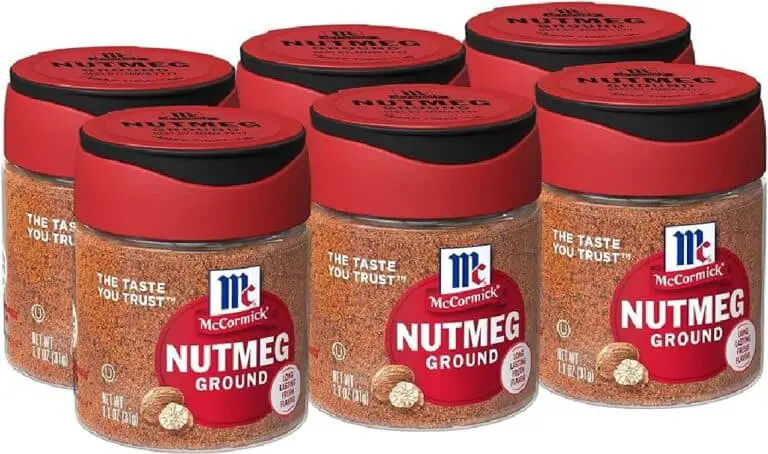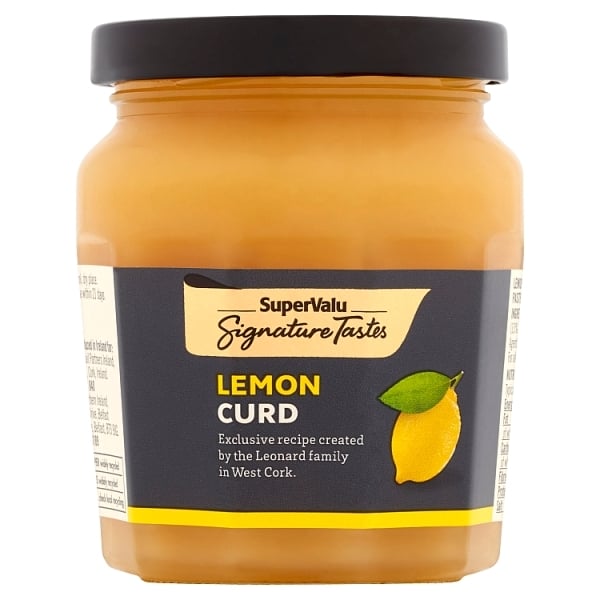Is Spam Basically Just Spiced Ham in a Can? Behind the Label

Imagine cracking open a can of Spam—the unmistakable “sizzle” as it hits the pan, the tantalizing aroma that wafts through your kitchen. For many, this iconic canned meat is a familiar comfort food. But what’s really packed inside that rectangular tin? Is it as straightforward as spiced ham, cleverly concealed in a can, or does it hold culinary secrets that make it a unique delicacy?
In this exploration, we’re embarking on a journey through the world of Spam, peeling back the layers of its history, ingredients, and production. We’ll uncover what transforms this combination of pork, ham, salt, and spices into the beloved canned delight we know today.
t’s not just a matter of taste; it’s about understanding the essence of Spam and its place in the ever-evolving tapestry of culinary delights. So, grab your can opener and prepare for a culinary revelation: Is Spam basically just spiced ham in a can? The answer might surprise your taste buds.
Defining Spam and Its Origins

In the realm of canned foods, few products have gained as much notoriety as Spam. But what exactly is Spam, and where did it come from?
What is Spam? Spam is a canned meat product, and its name is a portmanteau of “spiced” and “ham.” While its primary components are pork and ham, Spam is more than just the sum of its parts. It’s a processed meat that’s seasoned with a blend of ingredients, including salt, water, sugar, and sodium nitrite, which serves as a preservative.
This unique mix of flavors and textures creates a taste that is both savory and slightly salty. Spam’s firm yet slightly chewy consistency makes it suitable for various cooking methods, such as pan-frying, grilling, or even dicing for soups and stir-fries.
The history of Spam traces back to 1937 when it was introduced by the Hormel Foods Corporation. However, it wasn’t until World War II that Spam truly rose to prominence. The U.S. military included Spam in soldiers’ rations due to its long shelf life and convenience. This wartime association with Spam made it a household name and an essential food source for many.
Today, Spam continues to have a place on various tables, earning a spot in both comfort food classics and innovative culinary creations. Its enduring popularity showcases the adaptability and unique charm of this iconic canned meat.
The Ingredients in Spam
To discern whether Spam is spiced ham, we need to inspect the ingredients. Below, you can see the ingredients typically found in a can of Spam:
- Pork Shoulder Meat
- Ham
- Salt
- Water
- Sugar
- Sodium Nitrite
While it’s evident that both Spam and ham contain pork, the addition of other elements like salt, water, sugar, and sodium nitrite in Spam distinguishes it from traditional spiced ham.
Let’s explore the ingredients more deeply:
Pork Shoulder Meat: This is the primary ingredient in Spam. It is pork that comes from the upper part of the front leg of the pig. It’s finely ground to create the meaty base for Spam.
Ham: While ham is indeed a component of Spam, it’s not the sole ingredient. This inclusion is what gives Spam its distinctive flavor.
Salt: Salt is a crucial ingredient in Spam, providing flavor and helping to preserve the product.
Water: Water is used to create the right consistency and texture in Spam.
Sugar: A small amount of sugar is added to balance the flavors.
Sodium Nitrite: This is a curing agent used to preserve the meat and give Spam its iconic pink color.
Read: 10 Condiments That Go Well With Spam
The Production Process of Spam
Now, let’s talk about how Spam is made. Understanding the production process can shed light on whether it’s just spiced ham in a can.
Spam is produced through a process known as “spiced meat” manufacturing. The pork and ham are ground and mixed together with the other ingredients, creating a meat paste. This paste is then filled into cans, sealed, and cooked, which results in the final product. The cooking process is essential for ensuring that Spam is safe to eat without refrigeration.
In contrast, traditional spiced ham often involves a different process, such as brining and smoking. This distinction in production methods contributes to the differences in flavor and texture between Spam and spiced ham.
The Difference Between Spam and Ham
It’s evident that there are differences in ingredients and production methods between Spam and traditional spiced ham. However, the most significant distinction lies in taste and texture.
Spam has a unique, savory-sweet flavor with a slightly firm yet tender texture. On the other hand, spiced ham has a different taste and texture, is often smokier, and has a distinct hammy essence.
Here’s a comparison in a table:
| Aspect | Spam | Spiced Ham |
| Ingredients | Pork shoulder, ham, salt, sugar, water | Ham, spices, curing agents |
| Texture | Firm, tender | Varies by preparation |
| Flavor | Savory-sweet | Smokier, ham-like |
This table underscores the key differences that set Spam apart from traditional spiced ham.
The Similarities Between Spam and Spiced Ham
While spam and spiced ham may seem like two completely different things, upon closer inspection, it becomes evident that there are several similarities between the two.
Firstly, both spam and spiced ham are processed meat products that have a long shelf life. This is due to the fact that both are canned meats, allowing them to be stored for extended periods without spoiling.
Another similarity between spam and spiced ham lies in their flavor profiles. Both products contain a distinct blend of spices and seasonings that give them their distinctive taste. While the exact combination of spices may differ between spam and spiced ham, they both offer a savory and slightly salty flavor that can be quite addictive.
Additionally, spam and spiced ham share a common history as affordable protein sources during times of hardship or war. Spam gained popularity during World War II when it was rationed to those on the front lines as an easy-to-prepare food option. Similarly, spiced ham became popular during times of economic downturn when families sought budget-friendly alternatives for nutritious meals.
Exploring the Sweet and Spicy Side of Spam
Spam is often misunderstood and dismissed as a cheap and overly processed meat product. However, if you’re willing to take a culinary adventure, you’ll discover that spam can actually be transformed into a delicious, sweet, and spicy treat. By adding the right combination of condiments, you can elevate this humble canned meat to new heights.
To bring out the sweetness in Spam, try pairing it with pineapple slices or a drizzle of honey mustard. The tropical fruit adds a burst of freshness that balances out the saltiness of the spam, creating a harmonious blend of flavors. For those who enjoy a touch of heat, kick it up a notch by spreading some sriracha on top or mixing it with mayonnaise for an irresistible spicy kick. This unexpected combination brings together creamy and tangy elements that perfectly complement the rich flavor profile of Spam.
Don’t shy away from experimenting with different combinations, either! Consider using Korean gochujang sauce for an authentic sweet and spicy twist or introducing some crushed red pepper flakes for an extra fiery sensation. Remember: when exploring the sweet and spicy side of Spam, there are endless creative possibilities waiting to be discovered in your kitchen!
In Conclusion
In conclusion, the debate over spam versus spiced ham is a nuanced one. While both products share some similarities in terms of their ingredients and production process, it is clear that they target different consumer preferences and have distinct culinary uses.
Spam, with its high sodium content and unique taste, has carved out a niche for itself as a convenient option for quick meals or camping trips. Its affordability and long shelf life make it an attractive choice for budget-conscious individuals or those seeking non-perishable food options.
On the other hand, spiced ham offers a more refined flavor profile with the addition of special blends of spices and seasonings. This makes it an excellent choice for those who appreciate complex flavors and are looking to elevate their dishes.
Ultimately, whether you prefer spam or spiced ham depends on your personal tastes and preferences. Both have their merits and can add variety to your meals when used in creative ways. So next time you’re faced with the spam vs. spiced ham question, don’t be afraid to try both and decide which one suits your palate best.
FAQs on Difference Between Spam and Ham
What is Spam made of?
Spam primarily consists of pork shoulder meat, ham, salt, water, sugar, and sodium nitrite. These ingredients are finely ground, mixed, and then canned. The exact composition may vary slightly depending on the specific variety of Spam.
Is Spam healthy to eat?
Spam is a processed meat with high sodium and fat content, making it less suitable for regular consumption. While it can be part of a balanced diet in moderation, its high level of preservatives and additives suggests it should not be a dietary staple.
Can you eat Spam raw?
No, it is not advisable to eat Spam raw. It is a canned meat product and should be cooked thoroughly before consumption to ensure food safety and to eliminate the risk of bacterial contamination.
What are some recipes using Spam?
Spam can be used in a variety of dishes, such as Spam musubi, Spam fried rice, Spam and eggs, and Spam sandwiches. It can also be incorporated into pasta, salads, and even grilled or fried for a crispy texture.
How long does Spam last in a can?
Typically, unopened Spam can last for an extended period, often around 2 to 5 years, when stored in a cool and dry place. It is essential to check the expiry date printed on the can for the most accurate information.
Is Spam considered a processed meat?
Yes, Spam falls under the category of processed meat as it undergoes various methods of preservation, such as curing, smoking, or canning, to extend its shelf life and enhance its flavor.
What is the shelf life of Spam?
The shelf life of Spam is generally long, ranging from 2 to 5 years, as long as the can remains unopened and is stored in a cool, dry place. Once opened, it is recommended to consume the contents or store them in a refrigerator for a limited period.
How has the perception of Spam changed over time?
Initially viewed as a convenient and affordable meat product during its introduction, Spam’s perception has evolved over time. While it remains a pantry staple for some, others associate it with processed, less healthy food options. Recent culinary innovations and a growing interest in fusion cuisine have, however, led to a renaissance of Spam’s reputation, particularly in creative and contemporary recipes.






